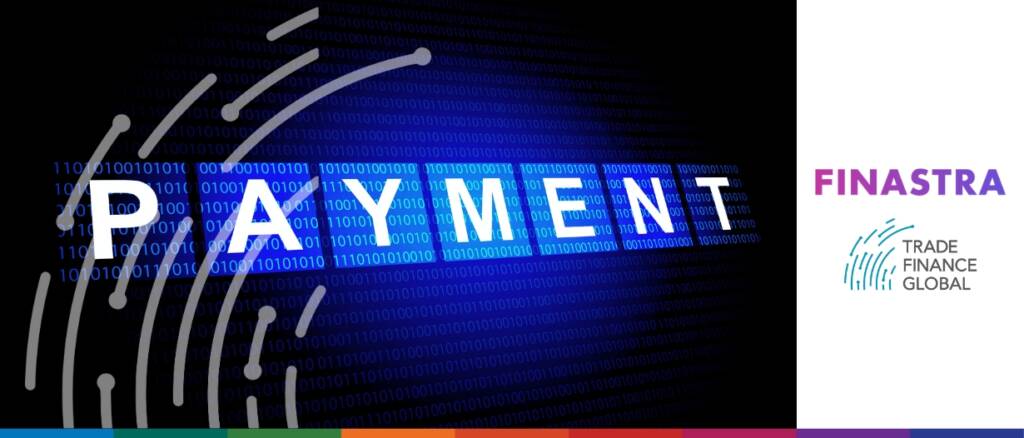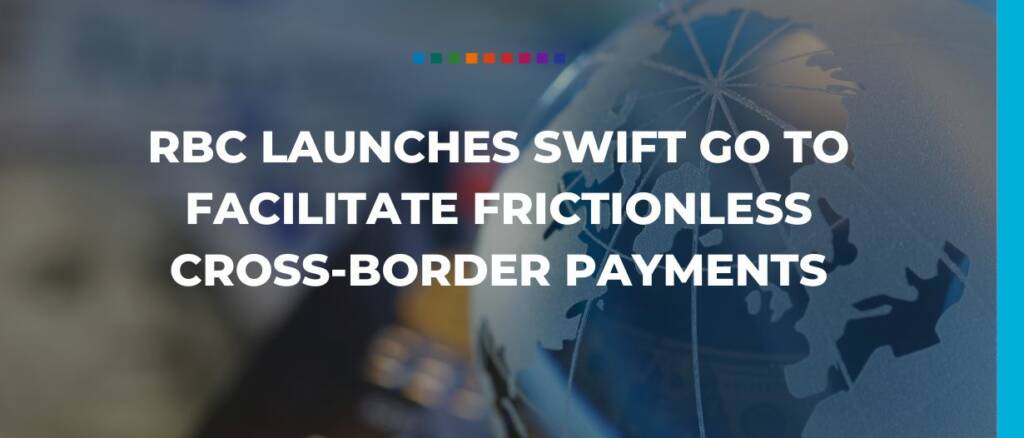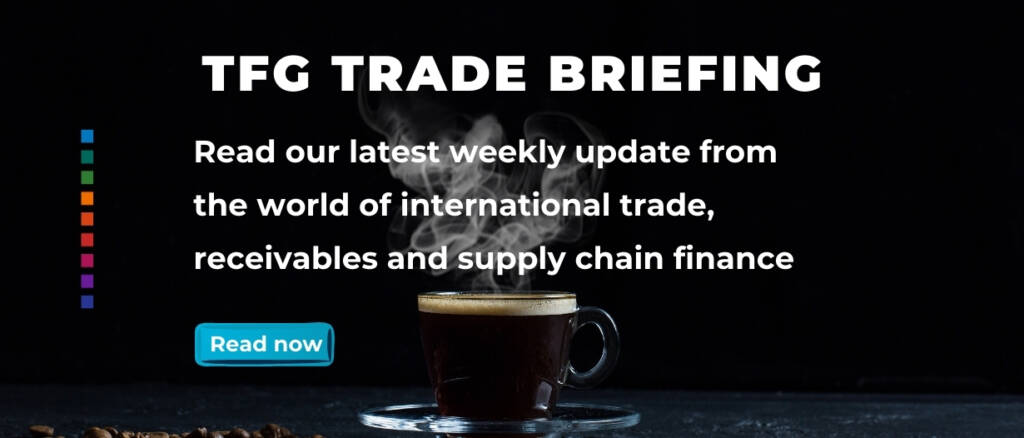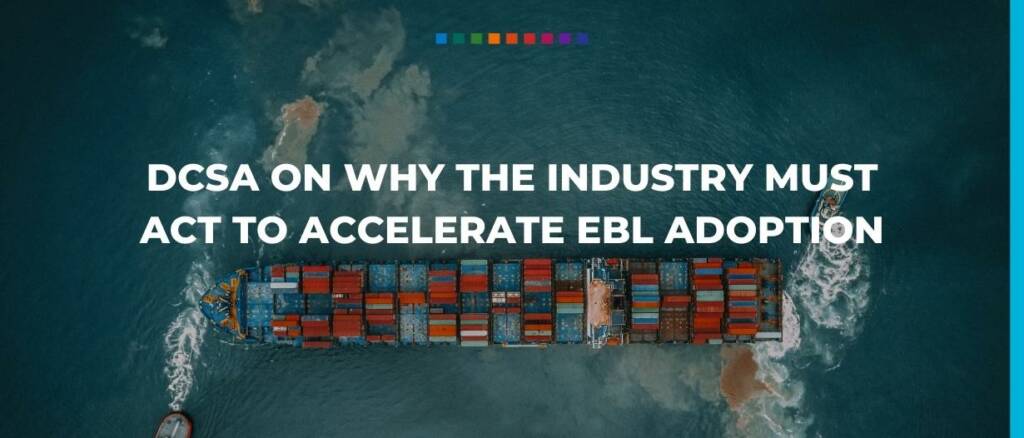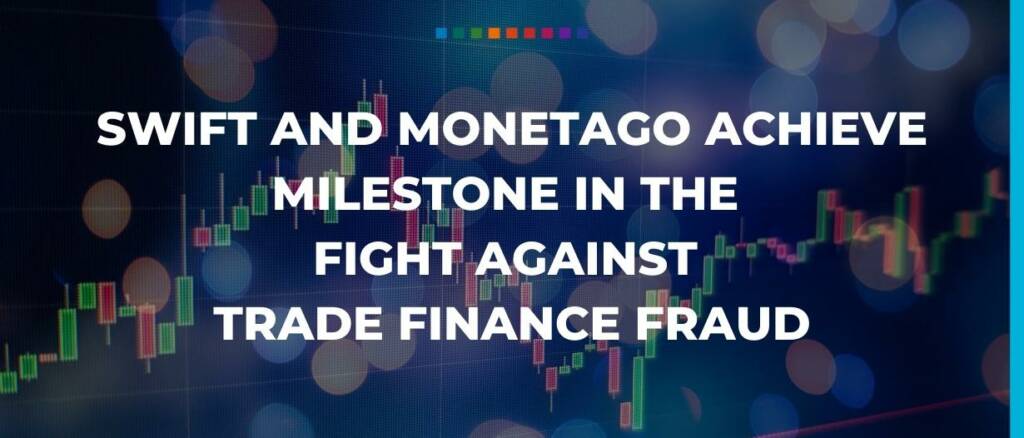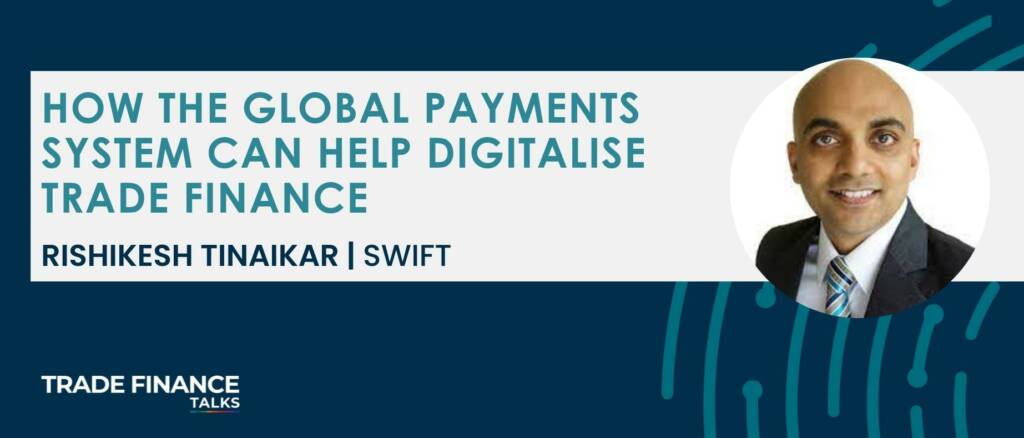The financial services industry is constantly changing, and the pace of change is accelerating rapidly, especially for the payments sector. The industry has witnessed many shifts: from the barter system to cash, from cheques to cards, and from cards to digital banking and payments.
In order to communicate with each other, banks use a messaging system called SWIFT (Society for Worldwide Interbank Financial Telecommunication), which provides a standardized and secure way to exchange information. There are several different types of SWIFT messages that banks use for various purposes.
There is little doubt that 2022 has been an unprecedented year and for better or for worse, there has been a lot that has happened in the trade, treasury, payments and supply chain spaces.
The evolution of cross-border payments is more exciting than ever. However, for banks, the priority is to use the payment data for compliance and differentiation. So, get your data in order.
To address the growing need for companies to provide frictionless cross-border payments, RBC has launched Swift Go. This new solution enables Canadian businesses to send cross-border payments of up to $10,000… read more →
Your Monday coffee briefing from TFG – VIDEO | ICC’s Vincent O’Brien on trade in the UAE
At Sibos 2022, Trade Finance Global (TFG) spoke with Niels Nuyens, program director at Digital Container Shipping Association (DCSA), to learn more about digitalisation in the shipping space.
An important milestone has been achieved in the global fight against fraud and duplicate financing with the live launch of the Trade Financing Validation Service provided by MonetaGo over the… read more →
Attending a talk at Sibos with Managing Director, US and Canada, Ben Arber and Gonzalo Perez Verdicchio, chapter lead API product management at SWIFT, Trade Finance Global (TFG) was able to learn more about the next steps for the market.
Trade Finance Global (TFG) spoke with Rishikesh Tinaikar, global head of corporates and Trade Go to Market at SWIFT, to further explore the pandemic recovery and how lockdowns are accelerating trade finance’s push toward digitalisation.















